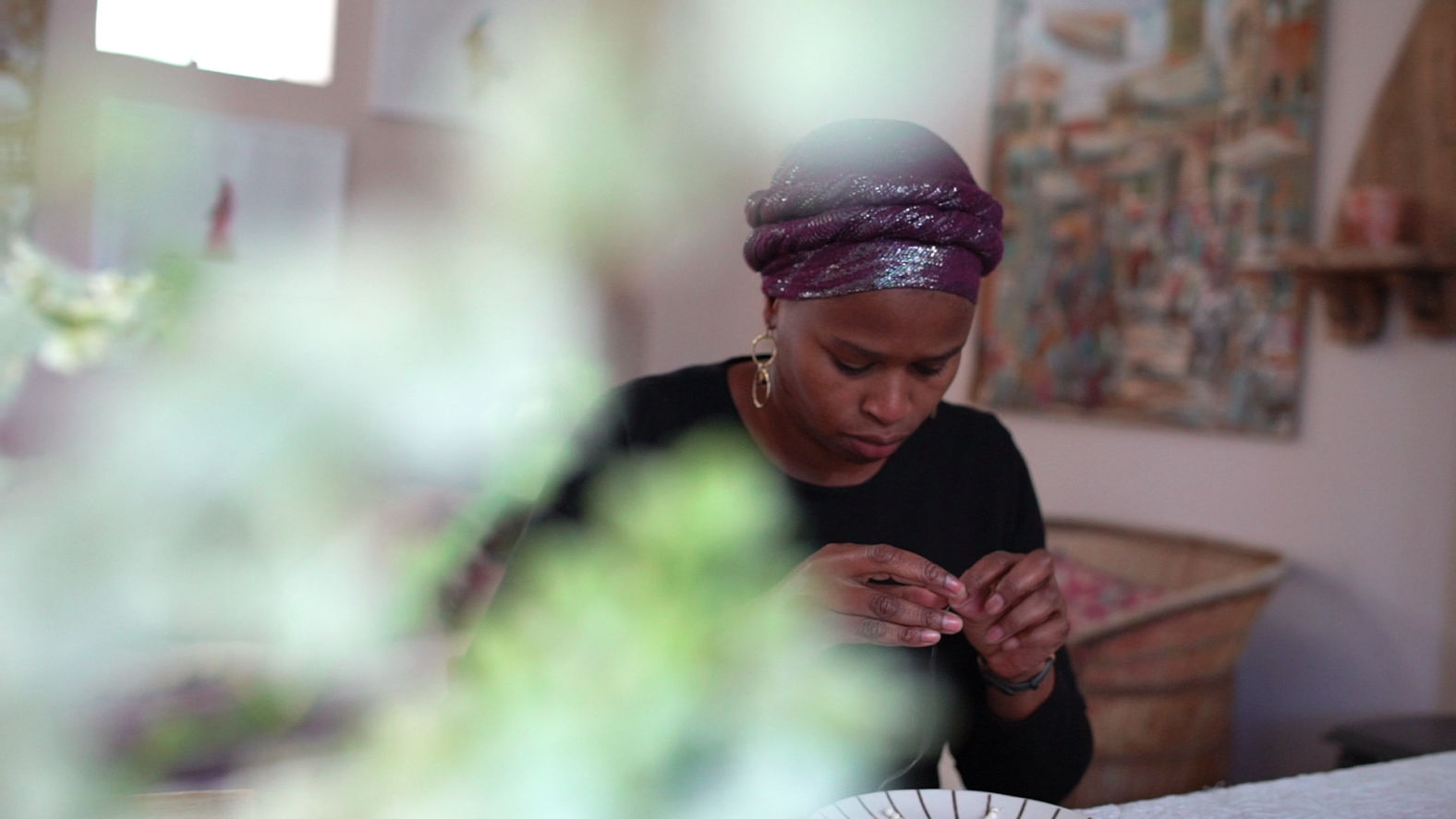
Creating great videos isn’t just about having the best gear or fancy editing software. One of the biggest factors that can make your videos pop is composition, how you arrange everything in your shot. When you get composition right, it helps tell your story more effectively, keeps viewers interested, and makes your content more visually appealing.
In this guide, we’ll break down some easy and effective tips to help you use composition to level up your videos. Whether you’re just starting or looking to improve your skills, these tips will help you make your videos more eye-catching!

Simply put, composition is how you arrange the elements in your frame, whether it’s people, objects, or backgrounds. Getting this right helps:
Make your videos more engaging and easier to watch
Guide your audience’s focus to important details
Support the story you’re telling
Create the right mood and feelings
Mastering composition techniques can help turn an ordinary video into something special.
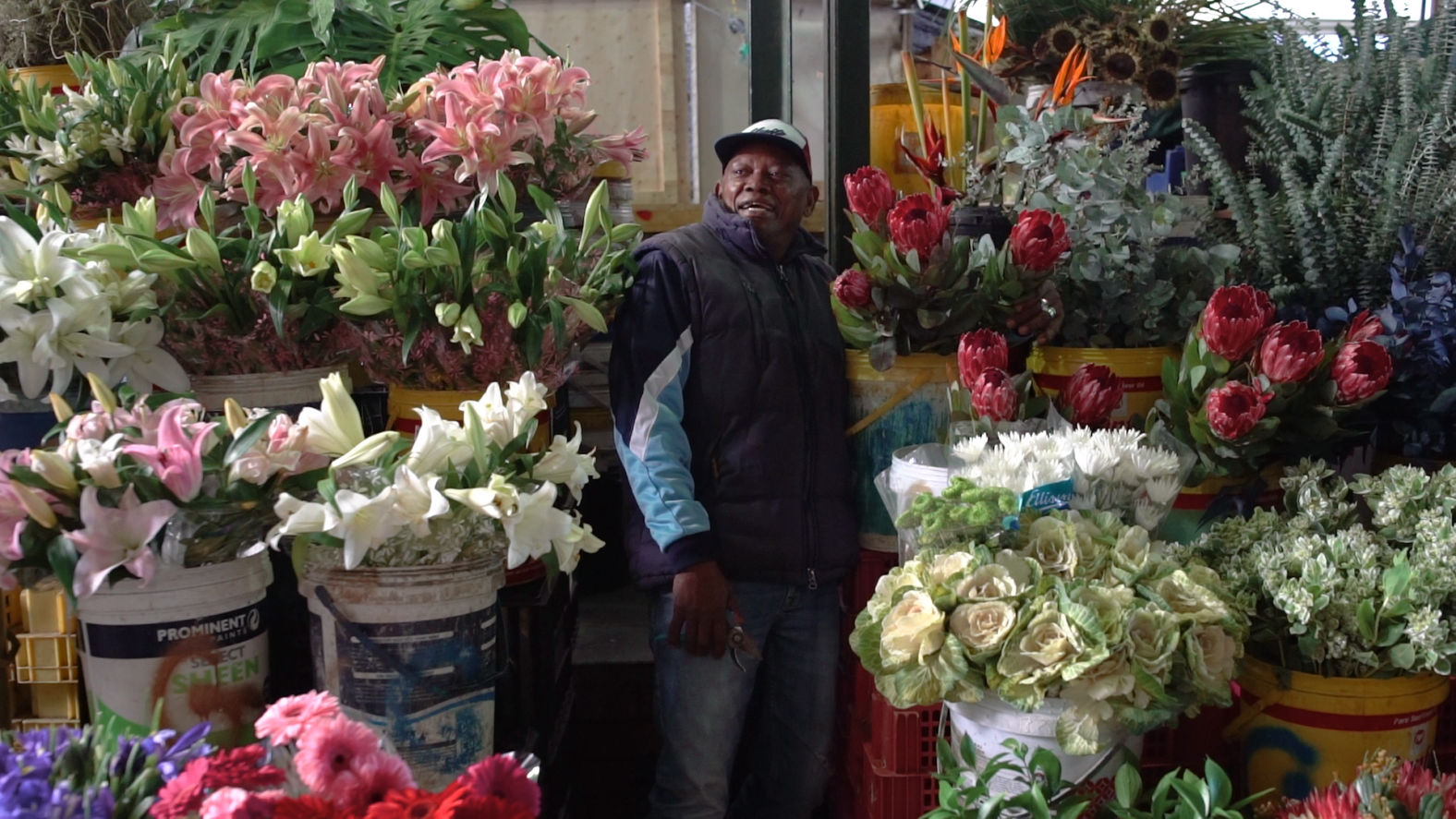
The Rule of Thirds is a classic and super easy technique. Imagine dividing your frame into a 3x3 grid (like a tic-tac-toe board), and then placing important elements along those grid lines or at the intersections.
Why it works:
It makes the shot feel balanced and more pleasing to the eye
It naturally draws attention to key subjects
It helps tell a story by showing relationships between things in the frame
How to use it:
Turn on the grid option on your camera (most cameras and phones have this)
Place your subject where the lines meet (not always in the center)
Avoid centering everything unless you want a specific effect
Tip: The Rule of Thirds is a great starting point, but don't be afraid to break the rule if it suits your story better!
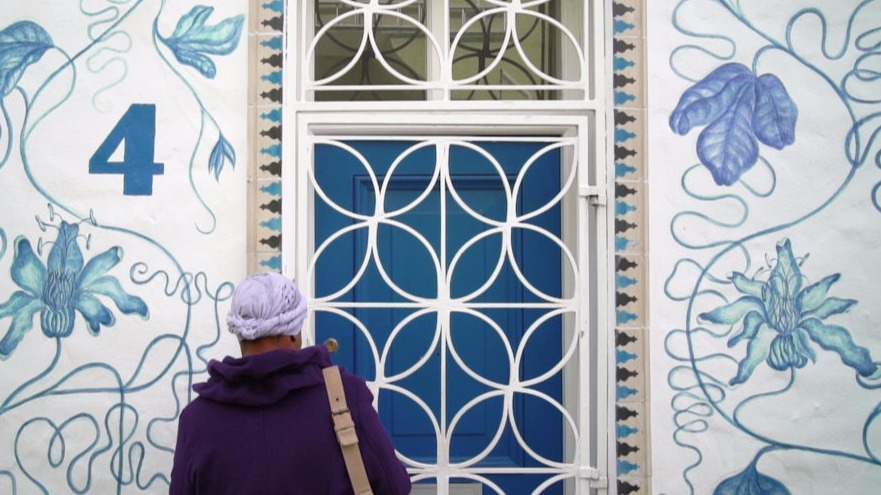
Sometimes, centering your subject in the frame can create a striking, dramatic look. This is known as symmetrical composition.
Why it works:
Creates harmony in the shot
Adds tension or intensity to the scene
Directs all the attention to your subject
How to use it:
Frame your subject right in the center for a powerful effect
Try it in interviews or documentary-style shots
Use symmetry to give your video a polished and professional look
Example: Directors like Stanley Kubrick and Wes Anderson are known for using symmetrical shots.
Tip: Symmetry looks even better when you have strong lighting or color contrast to make your subject stand out.

Leading lines are natural or man-made lines in a scene that guide the viewer’s eyes toward the focal point.
Why it works:
It helps focus attention on the most important part of the shot
Adds depth and movement to your scenes
Creates a sense of connection between different elements in the frame
How to use it:
Look for roads, fences, or architectural lines to guide the eye
Use movement, like someone walking along a path, to draw attention
Experiment with different angles to create different moods
Tip: Combine leading lines with the Rule of Thirds to add even more depth and interest to your shots.
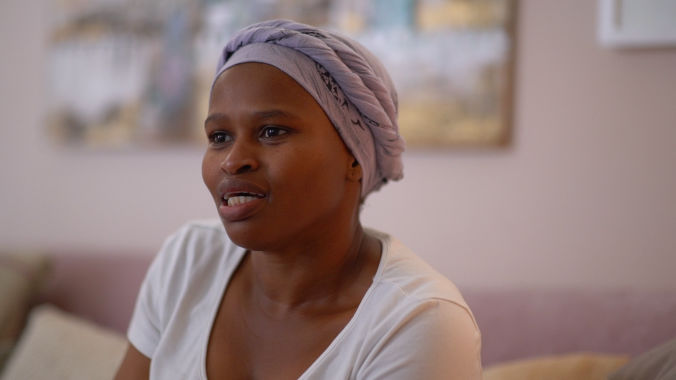
Eye-level shots are when the camera is positioned at the same level as your subject. This creates a sense of connection and makes your audience feel like they’re in the scene.
Why it works:
Makes the audience feel more connected to the subject
Creates an emotional connection, especially with relatable characters
Perfect for interviews or personal storytelling
How to use it:
Set the camera at eye level with your subject
Combine this technique with close-ups to emphasize emotions
Use eye-level shots in vlogs or whenever you want to feel more personal
Tip: Eye-level shots are great for vlogs because they help build an intimate connection with your viewers.

Depth of field refers to how much of the image is in focus. You can use this to guide the viewer’s attention to specific details by either blurring the background or keeping everything sharp.
Why it works:
A shallow depth of field (blurry background) keeps focus on the subject
A deep depth of field keeps everything in focus, creating a layered look
It adds visual interest and helps tell the story more effectively
How to use it:
Use a shallow depth of field for interviews or product shots to keep the background blurred
Use a deeper focus when you want to show more of the scene in detail
Try rack focus (changing focus during the shot) for dramatic effect
Example: Citizen Kane uses deep focus to show several layers of storytelling in a single shot.
Tip: Play with the aperture (f-stop) on your camera to control depth of field. A lower f-stop number (like f/1.8) will blur the background, while a higher f-stop (like f/11) will keep more of the scene in focus.
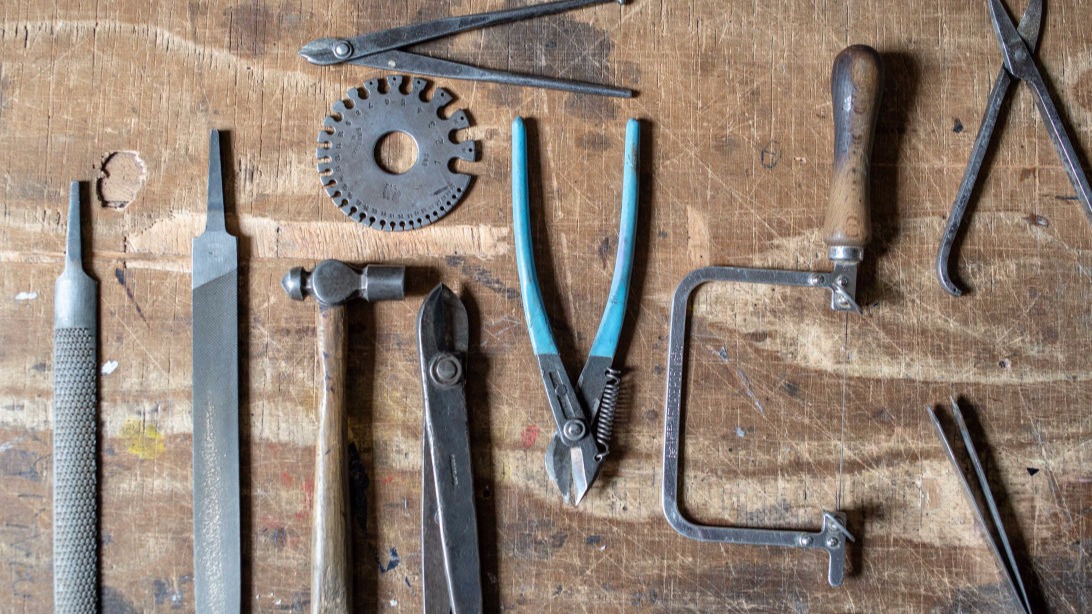
1. Why is composition so important in video?
Composition helps guide the viewer’s focus, makes your video more engaging, and strengthens your storytelling. It can make your videos feel more professional and emotionally impactful.
2. How can I improve my composition as a beginner?
Start with the basics: use the Rule of Thirds, try out symmetry, and look for natural lines to guide the viewer’s eye. Keep practicing and reviewing your work critically!
3. What’s the best composition technique for storytelling?
It depends on your story! Use leading lines to guide the viewer, eye-level shots to create empathy, and depth of field to control what stands out in the scene. Experiment with different techniques!
4. How can Munjiri Videos help me improve my video composition?
At Munjiri Videos, we specialize in making high-quality, visually engaging videos. Whether you need business videos, social media content, or something more creative.